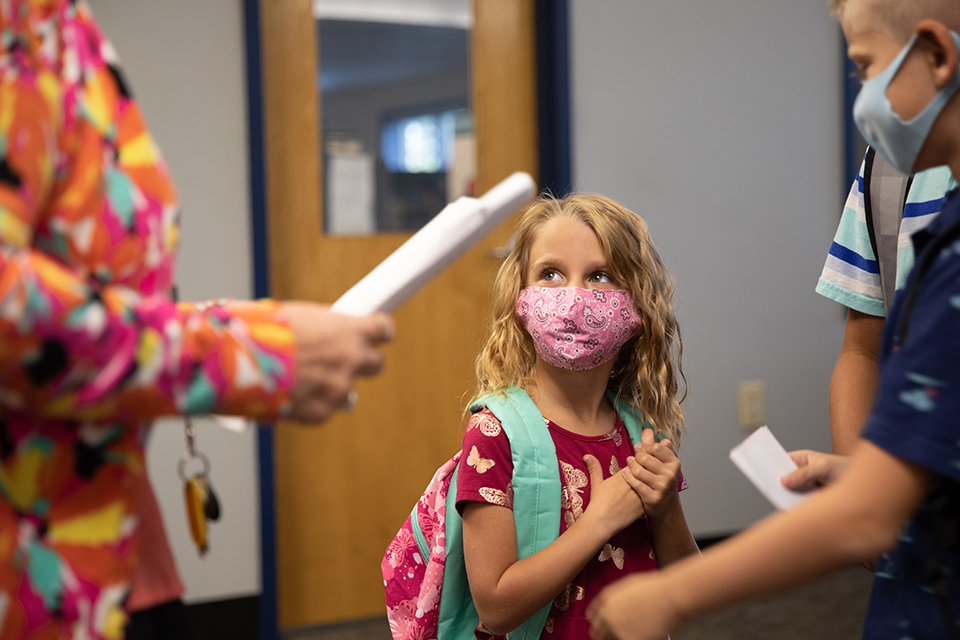30 Sep An opportunity to invest in people’s lives

The pandemic has widened economic disparities in Indianapolis. Here’s how you can help families make it through a desperate time.
Economists call it the K-shaped recovery.
For many upper-income Americans, the economic rebound from the COVID-19 recession has been swift and lucrative. Net wealth is rising. Retirement savings and other investments are roaring back. Housing prices are soaring.
But for tens of millions of other Americans, the economic indicators continue to move in the wrong direction. The national unemployment rate is still above 8 percent (it was 3.5 percent before the pandemic hit). The economy now supports nearly 12 million less jobs than in February, in part because the service, travel and hospitality sectors remain partially shut down. And the pandemic has accelerated the move to automation in retail stores, restaurants and warehouses – a trend that hits lower-income workers the hardest.
“The K-shaped recovery is a good example of what lies in our future,” Jay Height, executive director of Shepherd Community Center, said. “One community leader estimated that there’s a 45 percent unemployment rate on the near Eastside because of the loss of jobs in the service industry. It may be June before workers return to offices in downtown. That will affect people who worked in restaurants, who delivered supplies and in many other support roles.”
As Height noted, the human cost of the economic turmoil is horrific. Violence toward others and to one’s self has surged, with Indianapolis on track to suffer more than 200 homicides for the first time in the city’s history.
“This isn’t a police issue,” Height said. “It’s an issue of hopelessness.”
He said Shepherd’s team has witnessed a spike in suicides and drug overdoes since the pandemic began. And use of NARCAN, administered to those who’ve overdosed, is up 80 percent this year in Eastside neighborhoods surrounding Shepherd.
Shepherd’s response to the ongoing crisis has included distributing tens of thousands of free meals, regular physical and mental health wellness checks for neighbors, tutoring and mentoring for students, spiritual development and support, and even access to free Wi-Fi at a time when online connections are essential.
And the fact that Shepherd employs 90 people and pays living wages on the near Eastside shouldn’t be overlooked. That’s income that in many cases stays in the neighborhood as Shepherd employs its neighbors in a variety of jobs.
I asked Height what he would say to those professionals and others who’ve been on the upward rising arm of the K-shaped recovery.
“This is an opportunity to invest in people’s lives,” he said. “Find a place where you can help. It may be Shepherd or somewhere else. If your investments are doing well, take some of that money and invest in your neighbors.
To learn about how you can volunteer at Shepherd, check out: https://www.shepherdcommunity.org/volunteer-your-time/
To help feed a family, provide medical care for the elderly and sick, or help a child receive tutoring, donate here: https://www.shepherdcommunity.org/become-involved/whygive/

